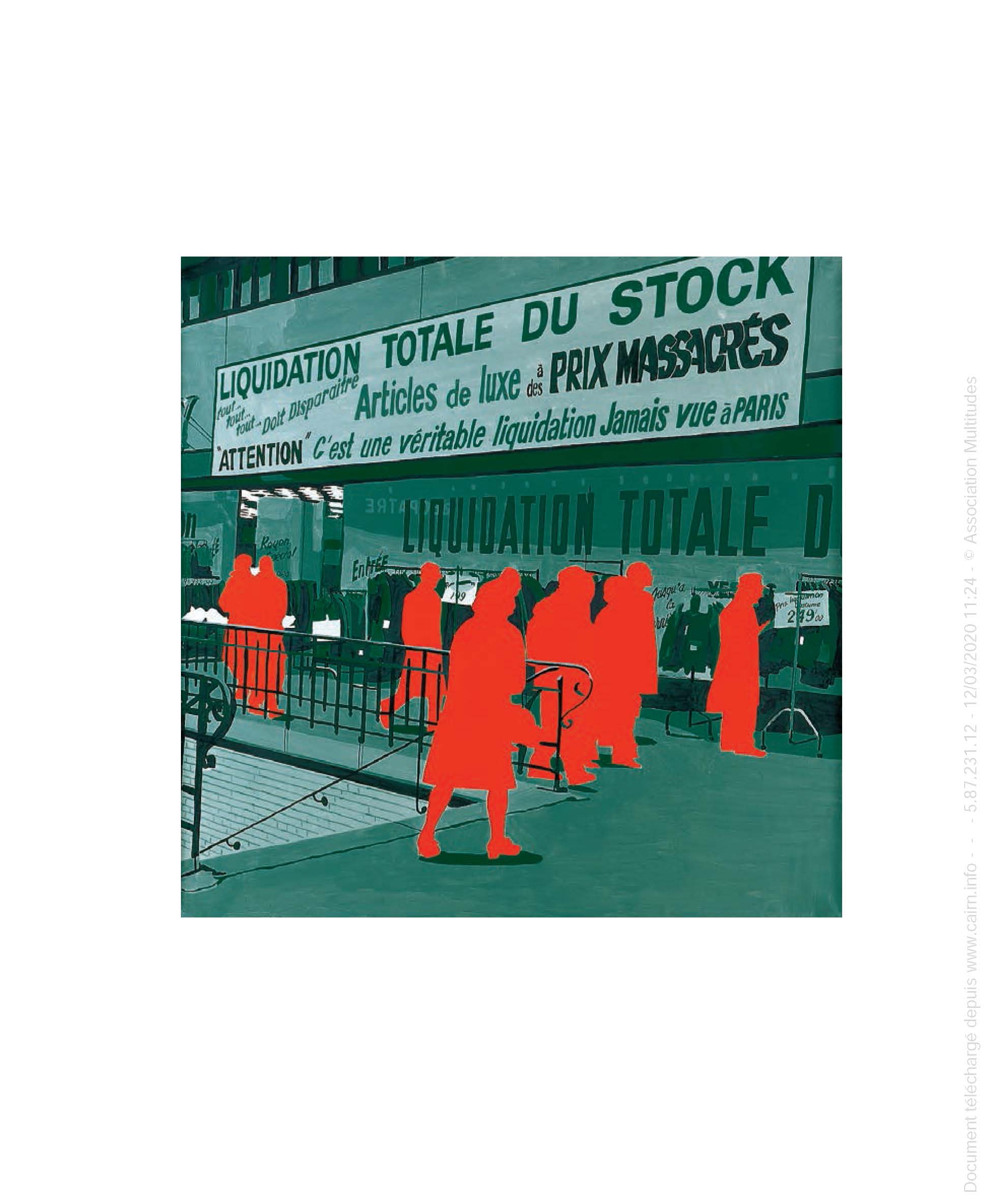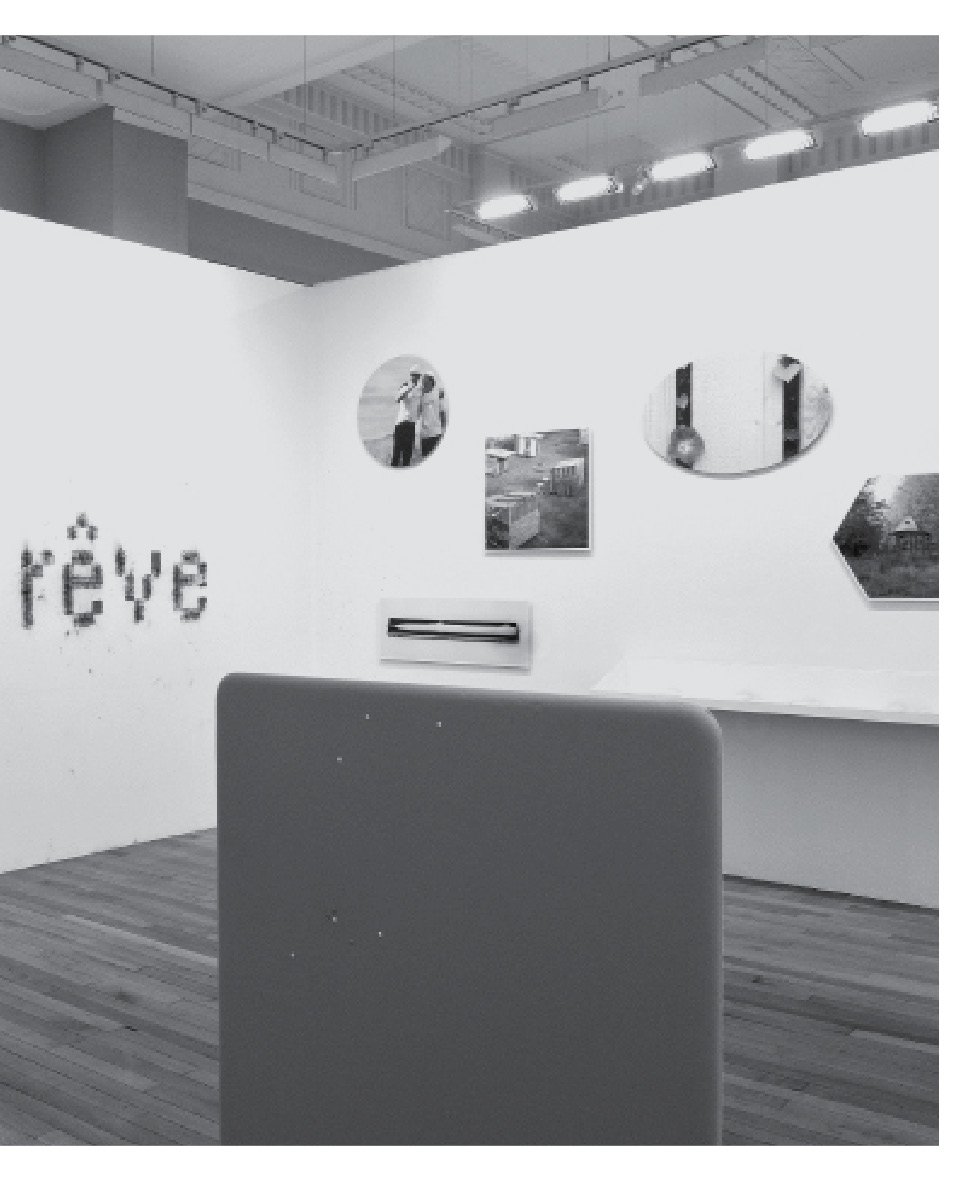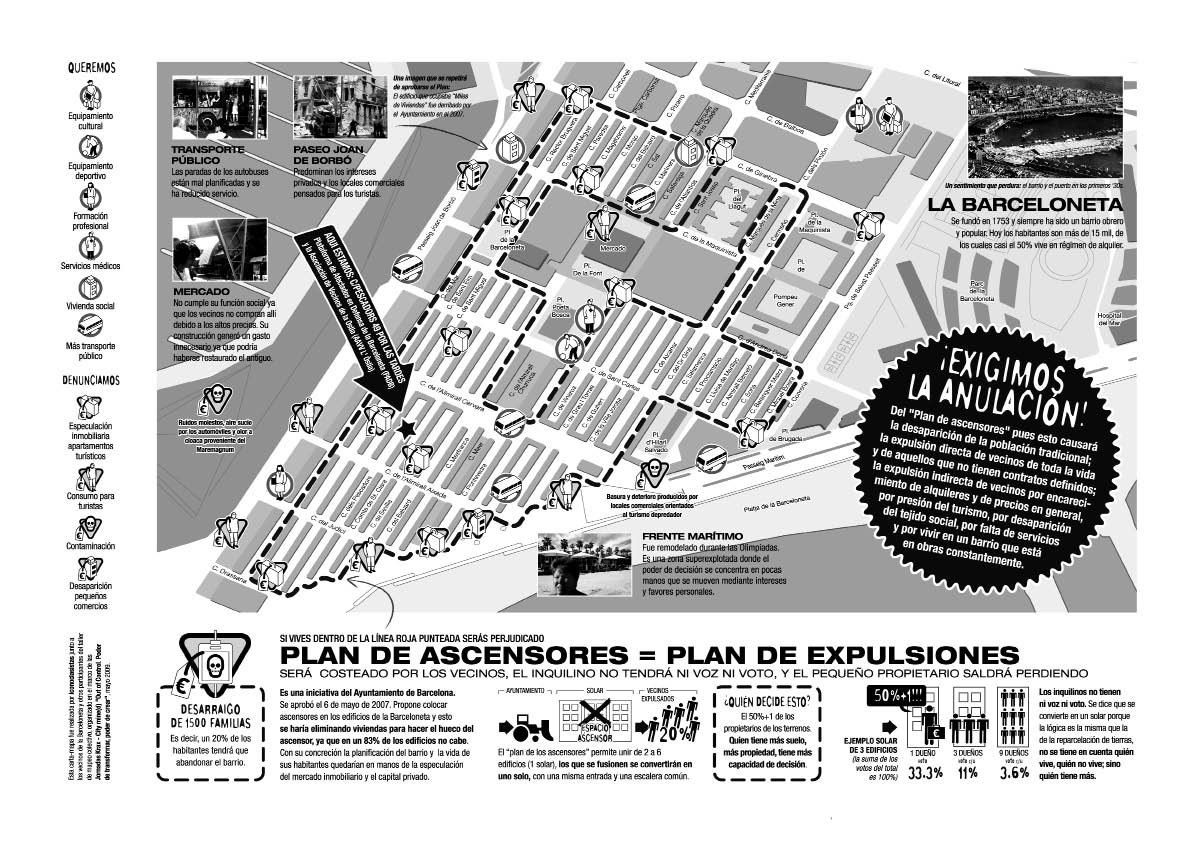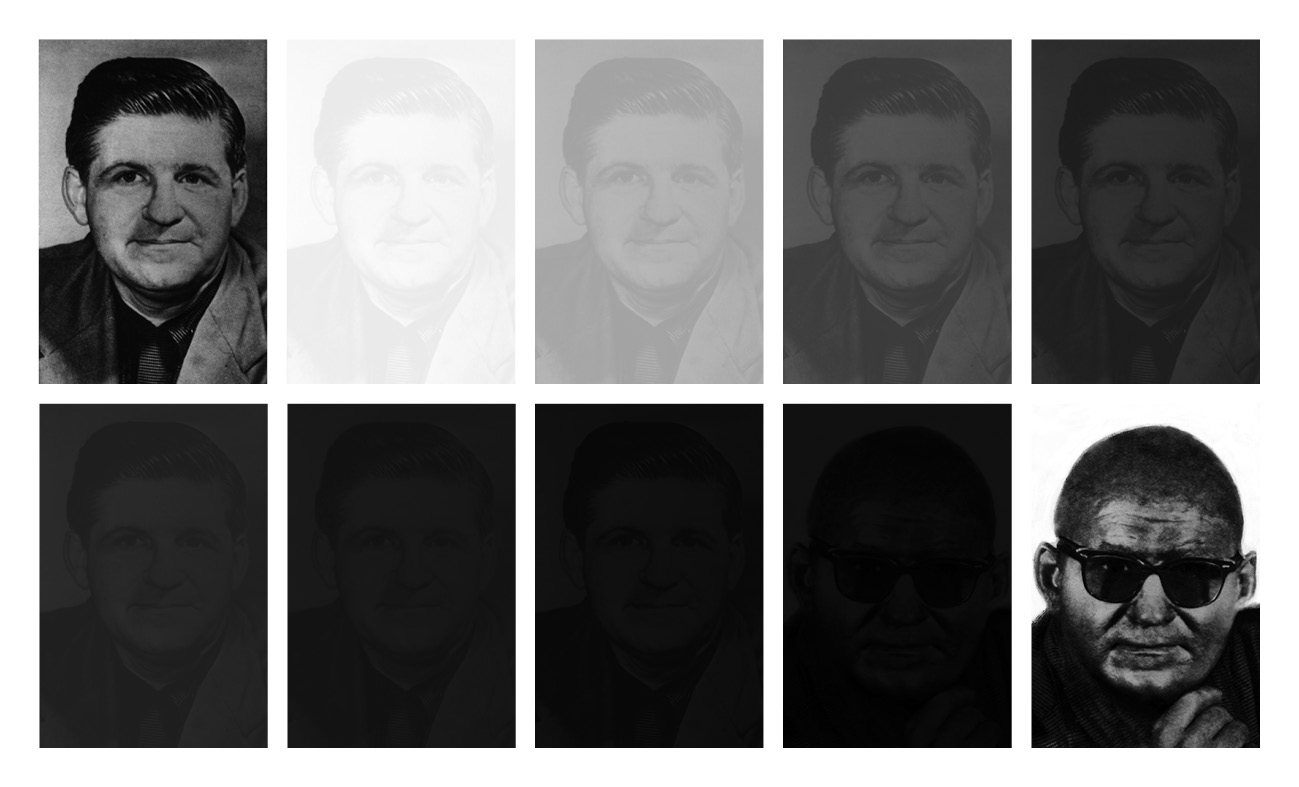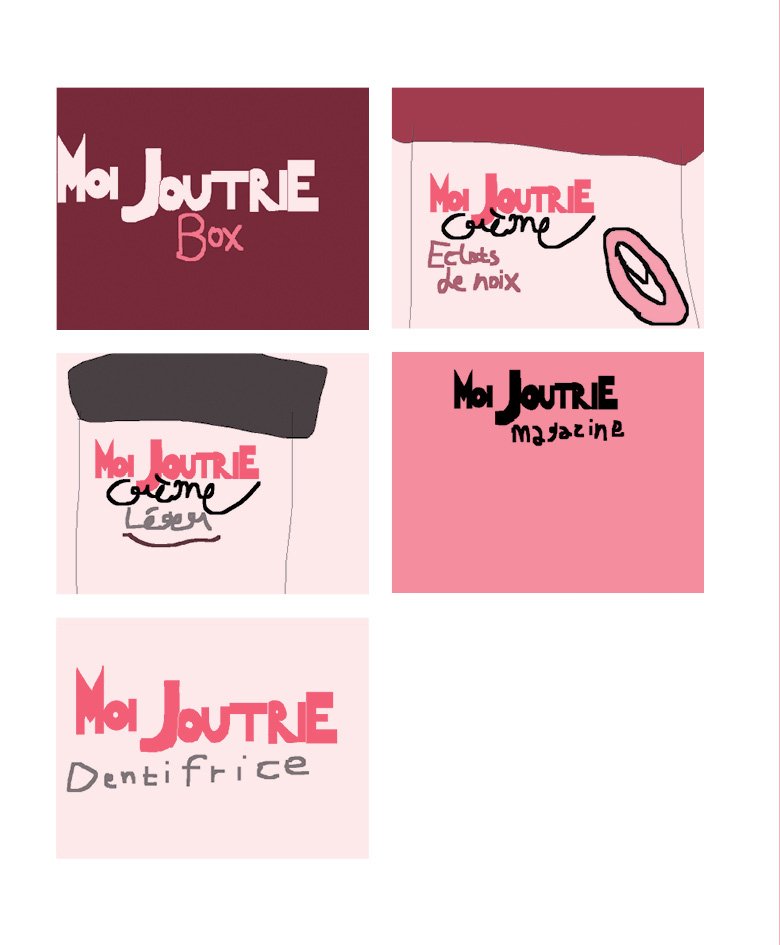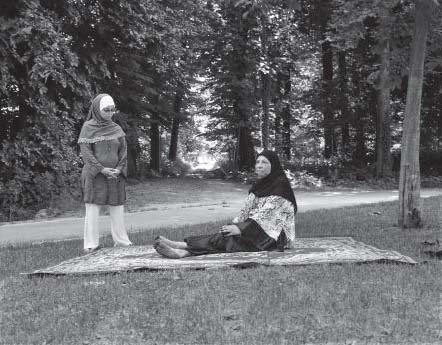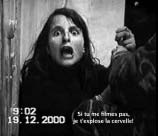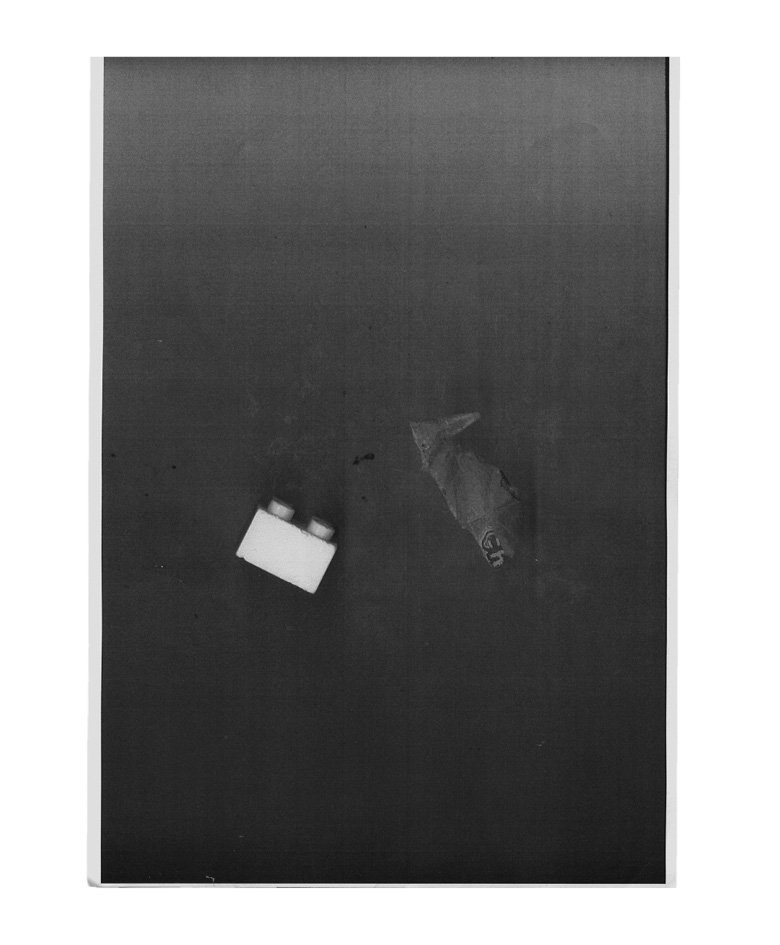Les interstices représentent ce qui résiste encore dans les métropoles, ce qui résiste aux emprises réglementaires et à l’homogénéisation. Ils constituent en quelque sorte la réserve de « disponibilité » de la ville. Du fait de leur statut provisoire et incertain, les interstices laissent deviner ou entrevoir un autre processus de fabrication de la ville, ouvert et collaboratif, réactif et transversal. Ils nous rappellent que la société ne coïncide jamais parfaitement avec elle-même et que son développement laisse en arrière plan nombre d’hypothèses non encore investies. L’interstice constitue certainement un des espaces privilégiés où des questions refoulées continuent à se faire entendre, où certaines hypothèses récusées par le modèle dominant affirment leur actualité, où nombre de devenirs minoritaires entravés, bloqués, prouvent leur vitalité. À ce titre, l’expérience interstitielle représente la parfaite métaphore de ce que peut être le mouvement de l’antagonisme et de la contradiction dans la ville postfordiste : un mouvement qui s’affirme au fur et à mesure de ce qu’il expérimente, qui monte en intensité grâce aux modalités de vie et de désir qu’il libère, qui s’oppose à la hauteur de ce qu’il est susceptible d’inventer et de créer.
Interstices represent a still resistant element within the metropolis, that which resists the stranglehold of regulation and homogenisation. They are, in a sense, a reserve of the city’s « availability ». Because of their provisional and uncertain status, interstices are left open to imagination or provide a glimpse of another process of fabricating the city, open and collaborative, reactive and treansversal. They remind us that society never coincides exactly with itself and that its development leaves behind a number of possibilities not yet invested in. The interstice certainly constitutes one of the privileged spaces where repressed questions are made to be heard, where certain hypotheses rejected by the dominant model affirm their presence, where the numerous fates of minorities, disadvantaged, impeded, prove their vitality. In this way, the interstitial experience provides the perfect metaphor for what could be said to be the movement of antagonism and the contradiction within the post-Fordist city : a movement which affirms its own experimentation along the way, which grows in intensity thanks to the modalities / mood of life and of the desires that it liberates, which resists the haughtiness which it is susceptible to inventing and creating.


